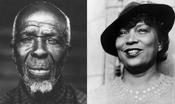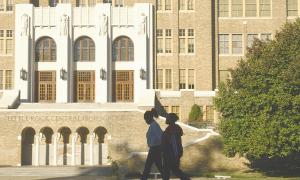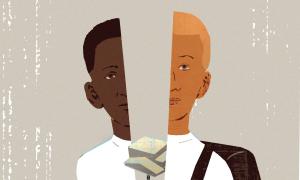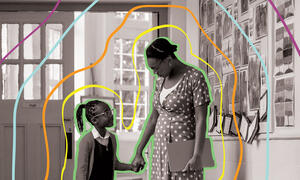text
Literature
Barracoon

This excerpt from Barracoon, which provides a first-person account from the last living man transported from Africa to America as an enslaved person. The excerpt shows Zora Neal Hurston arriving at Cudjo Lewis’ house to speak with him about his past in only the way he can.
June 18, 2019



